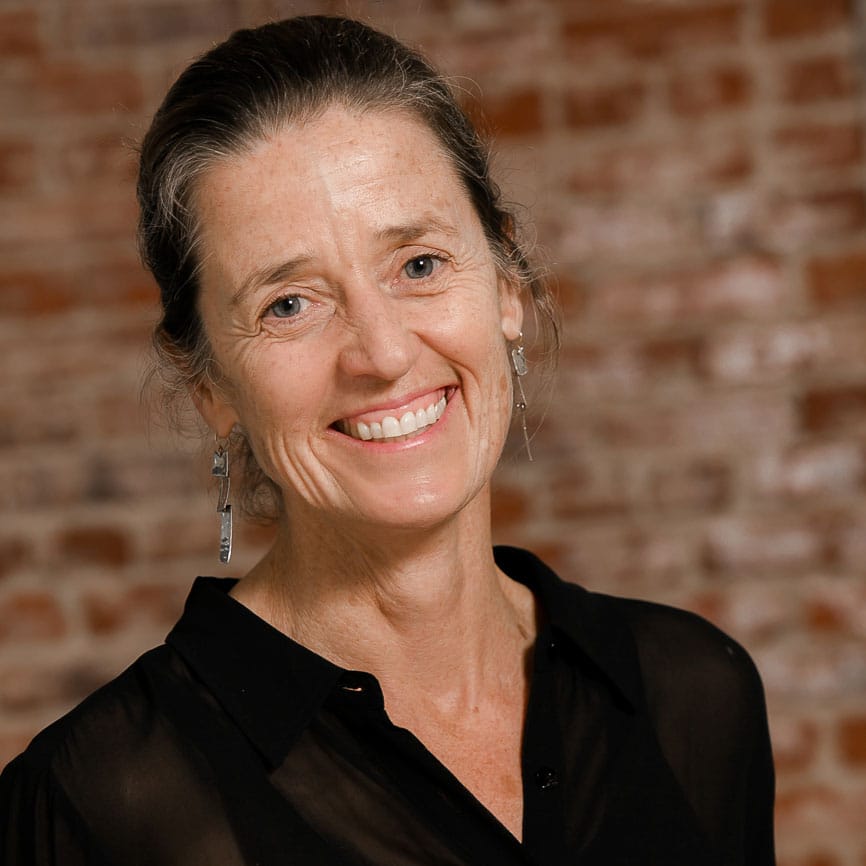
6 Maxims for Diversity
Our industry lags in diversity. Most of us have heard the dismal statistics about the under-representation of gender/ethnicity/age/etc. in our white male–dominated world of design and construction.
In my career, I have built teams that outperform the norms by a huge margin, the most recent being a team of 25 MEP engineers and sustainability experts that was more than half female, and more than half non-white.
In doing so, I have learned that diversity, in and of itself, brings huge value. Diversity causes other good things, including collaboration, respect, teamwork, flexibility, and stamina. Diversity is crucial to the creation and maintenance of a productive team.
Here are a few hard-earned precepts I want to share:
1. It takes all kinds.
Yes, those bright young things are ambitious, inexpensive, and hard-working. But if you want a team that can function in the long run, mix it up!
Working parents know how to prioritize and get work done quickly and well. Workers who are not constantly competing and trying to move up the ladder can be wonderfully steady and solid, bringing calm professionalism to your team. Older workers have an ability to take the long view. Women have emotional intelligence and are collaborative.
And yes, you also need those smart, young whippersnappers.
When your colleagues are encouraged to express themselves, you create a happier workplace.
2. Get over yourself.
We like the familiar, like working with people who look like us and think like us. If you truly want to hire diversity, be prepared to hire people who make you uncomfortable. Be prepared to stare down your own inherent biases. Your negative reaction doesn’t mean someone is not as good as you; they are just different.
Consciously, intentionally, you must ignore your knee-jerk reactions and consider that the best candidate might be the one who makes you uncomfortable.
3. Hire diversity.
It is not enough to say you want diversity; you have to go get it. Don’t listen to naysayers lament how difficult it is to find designers who are women or of color; that’s just an excuse.
Diversity is out there; go find it.
4. Hire diversity into high places.
“Wow! I have never met a managing principal who is female! That is so cool!” How many times have I heard this?
Seeing a woman in a leadership role makes it easy for women—and candidates of other under-represented groups—to believe they will find acceptance and support. And don’t worry that diverse leaders will discriminate against men; we did not get to positions of leadership without knowing how to get along in a white male–dominated industry.
5. Bring all of your selves to work.
At first, I did not want my gender to be a defining characteristic. I wanted to be just an architect, not a female architect.
However, I learned that I could not partition off my life; my responsibilities to my community and family competed with those as an architect. I learned that the most effective way to fulfill all my jobs is to stop trying to separate them. I am at my best when I bring all of me to my job.
When your colleagues are encouraged to express all of themselves at work, you will create a much greater diversity of perspectives, and a much happier, more balanced workplace.
6. Put your colleagues first.
Years ago, I worked as a carpenter. My supervisor told me, day one, that the relationship between the two of us was much more important than the work. I did not listen, and set about hammering as fast as I could to prove my worth. I did not know to set my ego aside so that I could learn. After a few shouting matches and botched door frames, I began to understand her wisdom. Clients come and go, but your work colleagues are with you all day, every day.
Think about this as you build your team. It might seem that your priority is to do whatever it takes to please your clients. In truth, the best way to run a business is to do good work. And the best way to do good work is to build a strong and happy team.
Read more from past WSLA alums here.
 As an architect with Zimmer Gunsul Frasca, Lisa Fay Matthiessen led the greening efforts for the Bren School of Environmental Science Management at UCSB. She founded and developed the sustainability services group at Davis Langdon. She also co-authored the Cost of Green reports. With Integral Group, Lisa founded and developed the successful LA office of this industry-leading MEP firm.
As an architect with Zimmer Gunsul Frasca, Lisa Fay Matthiessen led the greening efforts for the Bren School of Environmental Science Management at UCSB. She founded and developed the sustainability services group at Davis Langdon. She also co-authored the Cost of Green reports. With Integral Group, Lisa founded and developed the successful LA office of this industry-leading MEP firm.

